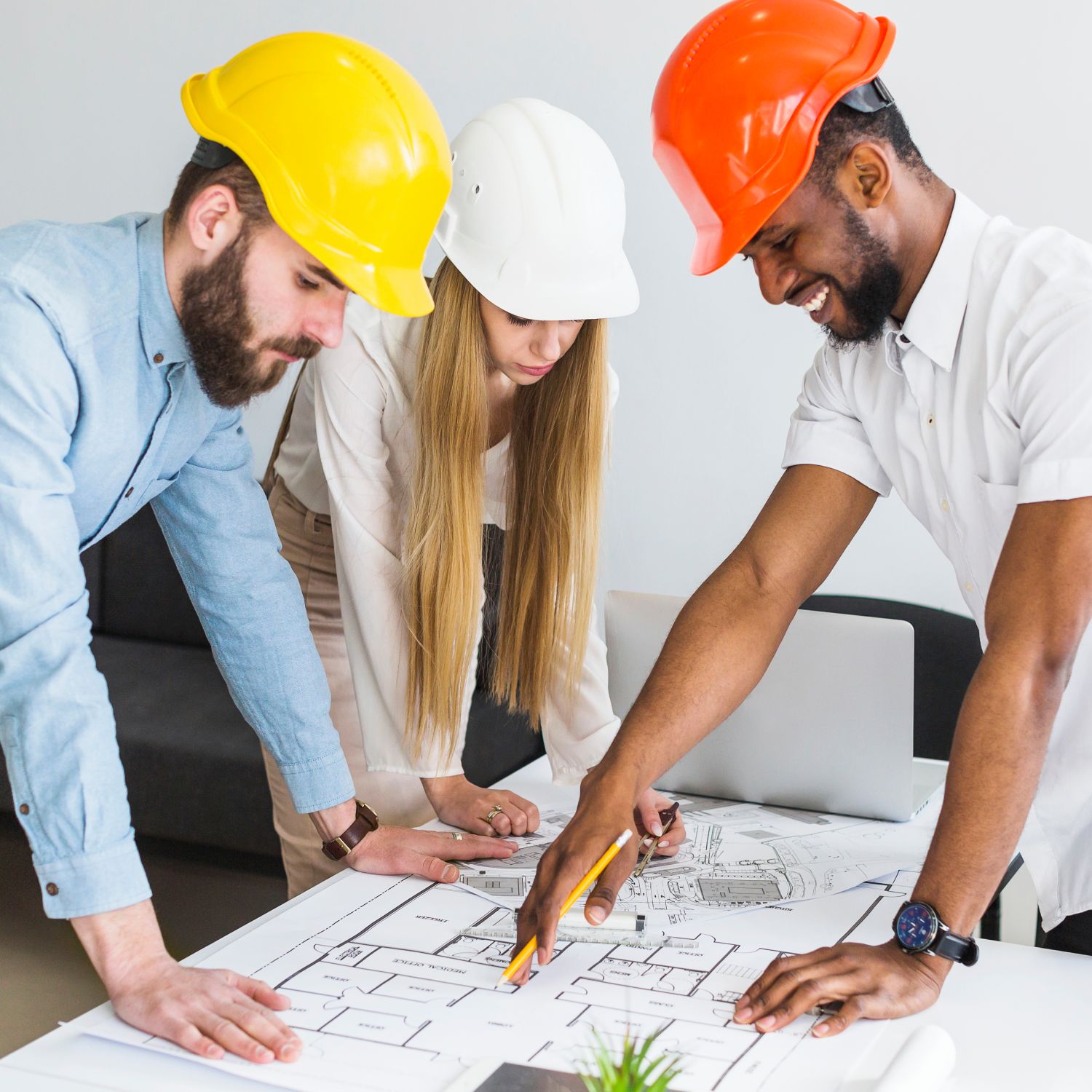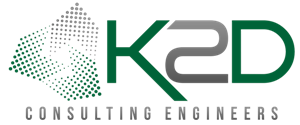
Regardless of which type of facility you are designing; one goal will always remain at the top of the checklist: optimize your systems. Whether it’s enhancing operational efficiency, sustainability, and user comfort, streamlining your systems is key to reducing costs and increasing efficiency.
In this article, our facilities systems design experts at K2D are breaking down five strategies to optimize your facility’s systems, from energy efficiency to construction scalability. These tactics include:
- Embrace intelligent building technologies
- Enhance HVAC system efficiency
- Implement advanced lighting solutions
- Optimize water usage
- Design for flexibility and scalability
Embrace Intelligent Building Technologies
Integrate advanced building technologies that optimize energy consumption and operational efficiency. Smart HVAC systems, adaptive lighting, and energy management software can significantly reduce energy waste by adjusting to occupancy and environmental conditions. These systems provide real-time data analytics, allowing for ongoing adjustments and predictive maintenance.
Enhance HVAC System Efficiency
A well-designed HVAC system is fundamental to energy efficiency. Utilize technologies such as variable refrigerant flow (VRF) and variable air volume (VAV) systems, which offer precise control over heating and cooling in different zones. Ensure that the system design includes energy recovery ventilators (ERVs) to reuse energy from exhaust systems, and consider the integration of geothermal heating and cooling for long-term efficiency gains.
Implement Advanced Lighting Solutions
Shift to high-efficiency lighting systems by employing LED technology, which not only reduces energy consumption but also lowers heat emissions, affecting HVAC loads. Incorporate adaptive lighting controls such as occupancy sensors, daylight harvesting systems, and time-based scheduling to further enhance energy savings. Such systems adjust lighting based on natural light availability and room occupancy, significantly cutting down on wasted energy.
Optimize Water Usage
Design water systems that reduce consumption and increase sustainability. Install low-flow fixtures and aerators in sinks, showers, and toilets to minimize water use. For landscaping needs, implement a rainwater harvesting system to collect and reuse water. Greywater systems can also be utilized for toilet flushing and irrigation, substantially reducing the demand on the main water supply and decreasing overall water costs.
Design for Flexibility and Scalability
Future-proof your building by planning for adaptability and scalability in its design. Use modular systems that can be easily upgraded or reconfigured as technology advances or operational requirements change. This approach not only extends the lifecycle of the building but also allows for easier integration of new technologies, reducing future costs related to major retrofits.
Designing Your Facility’s Systems with Confidence
By applying these advanced strategies, you ensure that your commercial construction project is not only optimized for current standards but also prepared for future advancements. These tips will help you maximize operational efficiency, enhance occupant comfort, and significantly reduce environmental impact, ultimately contributing to a successful and sustainable project.
K2D a Professional Mechanical, Plumbing, and Electrical (MEP) Firm provides specific solutions to your project challenges. Our MEP consultants are highly trained and experienced. We work closely with architects and owners to provide successful coordination of building systems. K2D provides the best design solutions that are cost-effective today and well into the future. Today’s facilities must be built to last many decades with the foresight to ensure a maximum lifecycle. For further information or to schedule a consultation please contact K2D at 310.935.3773 or visit www.K2D.com to learn more.
